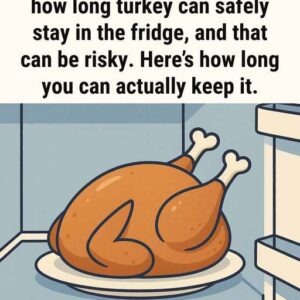The setup is disturbingly simple: a plastic bottle wedged by your tire, silent until you drive. The crunch jolts you, your brain jumps to “car problem,” and you do what almost everyone does—step out, door open, engine idling, attention locked on the noise. In that moment, the person who placed it doesn’t need force. They just need your routine. Your trust in “it’s probably nothing” does the rest.
Staying safe isn’t about living scared; it’s about refusing to be predictable. You walk toward your car with your eyes up, not glued to your phone. You scan the ground, the backseat, the space between vehicles. Once inside, you lock the doors before you even adjust the mirror. If you must get out, you kill the engine, take the keys, lock up again. You move your bag, your laptop, your purse out of sight—not because you’re paranoid, but because you’re not advertising. And when something feels wrong, you leave, call someone, or circle back with company. Those tiny, stubborn habits quietly rewrite the script—and turn someone else’s setup into nothing at all.





